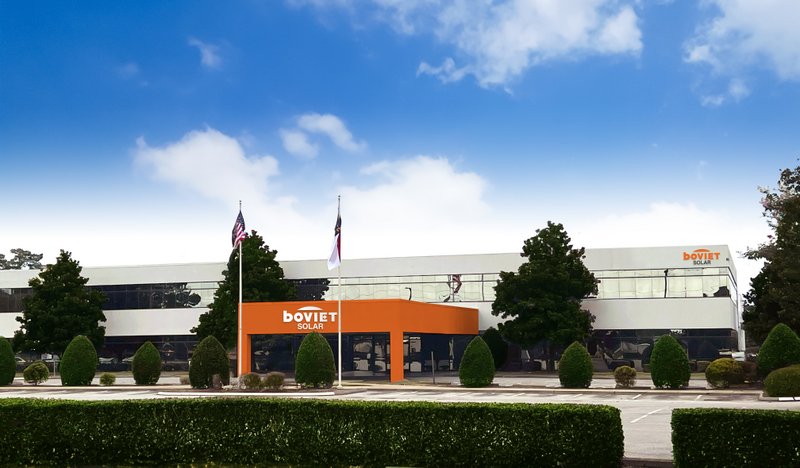Trinity Property, Solar Design Associates debut cool translucent solar-powered atrium

Trinity Property Management and Solar Design Associates have commissioned a one-of-a-kind translucent solar energy installation over an atrium in historic Harvard Square. Located at Trinity’s 50 Church Street property, the project will allow the building’s atrium and roof to generate up to 66 kW of solar PV energy while maintaining the atrium’s open sky view. The project ensures effective year-round temperature control, providing additional meeting and work space for the office tenants and provides a venue for several community events and functions.
“We’ve turned 50 Church Street into an even more attractive, comfortable, and now vastly greener and more sustainable building for all our tenants, visitors, and Trinity’s company offices,’’ said Trinity Property President John DiGiovanni, who is also president of the Harvard Square Business Association. “While we could have integrated solar modules to form a glass atrium ceiling, this innovative, collaborative solution enables us to capture all the benefits of the current generation of solar PV even as we maintain the flexibility to swap in even more efficient solar panels in future years without having to replace the atrium’s glass ceiling.”
Using translucent panels from Colorado-based Lumos Solar, the atrium space is lit with natural light and passively heated with solar PV energy, while about half of the sun enters. About 10 kw of solar panels have been installed over the atrium glass, alongside another 56 kw installed on the room and tower structure atop the building. Together, these installations can generate enough electricity annually to meet the needs of 10 average-sized Massachusetts homes annually, while offsetting a substantial amount of the total electricity consumption at 50 Church Street.
The renovation at 50 Church, designed by Bruner/Cott & Associates, simultaneously resolved several longstanding issues with the building:
- An energy-inefficient glass ceiling over the atrium was replaced. The previous 1980 installation led to temperature extremes on the sunniest days of summer and darkest, coldest days of winter.
- Assuring Trinity could install a translucent solar array without locking itself into a particular technology for the long run – the solar panels are installed as a rain screen above, and separate from, the atrium glass.
- Replacing a failed passive-solar hot water system installed on the roof of a 55-degree tower over 40 years ago.
- A modernization and renovation of a building in the heart of historic Harvard Square that was approved by the Cambridge Historic Commission.
Haskell Werlin of Solar Design Associates, which served as the owner’s engineer overseeing the project, said the project has yielded a number of real-world lessons about the most effective ways to install semi-translucent solar panels, including separating the array from the glazing by installing the modules as a rain screen mounted on custom rails suspended 9 inches above the glazing to allow for replacing them in case of breakage or damage without having to replace the actual roof glass.
Other members of the team working with Trinity Property Management, Bruner/Cott, and SDA on the project included project manager/general contractor Tom Clarke from Ashling Inc.; custom Atrium fabricator Linel; Atrium installed by W.S. Aiken Roofing; and solar installers KW Management and Boston Solar. Additional credit goes to Eric Grunebaum, a Cambridge based clean energy developer and impact investment broker/dealer with Bequia Impact who initiated the conversation several years ago with John DiGiovanni to encourage him to add solar PV to the building.





Comments are closed here.